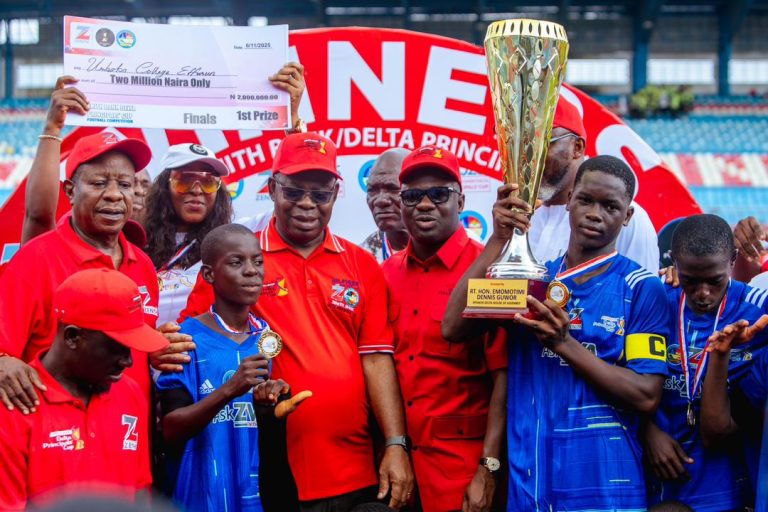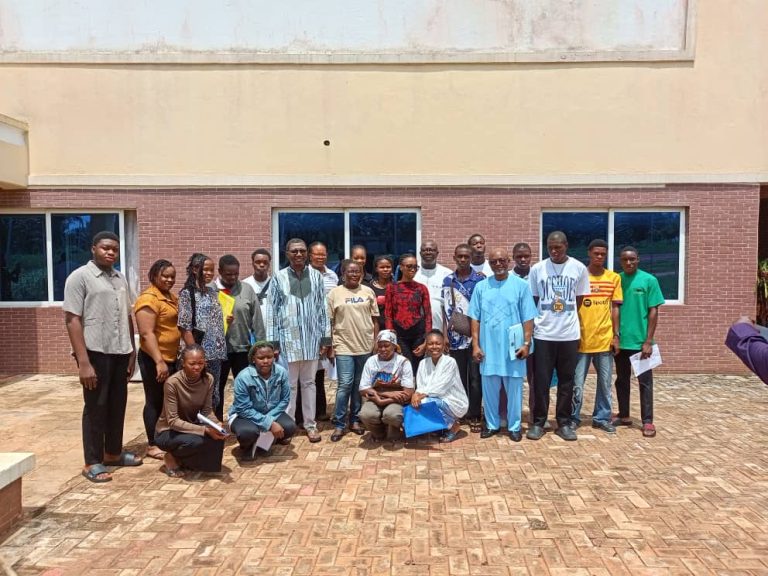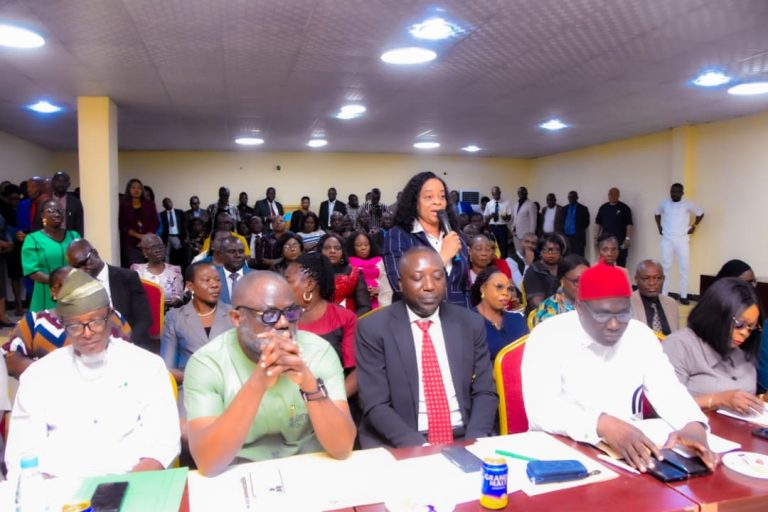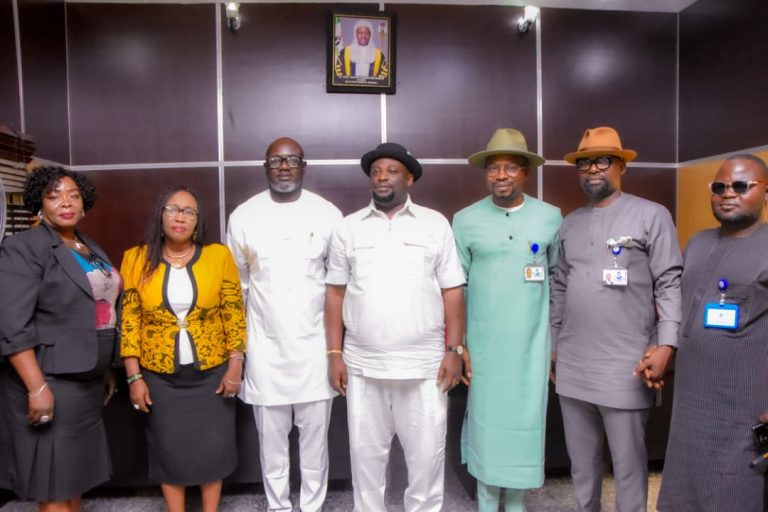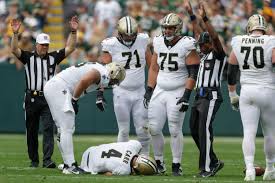
The New Orleans Saints faced a devastating blow to their 2023 season as they lost key players Derek Carr, Michael Thomas, and Marcus Lattimore to injuries. This unexpected turn of events sent shockwaves through the organization and left fans grappling with the uncertainty that lay ahead.
Derek Carr, the starting quarterback for the Saints, had been a pillar of stability for the team. Known for his poise in the pocket and ability to make crucial plays under pressure, Carr’s absence would undoubtedly have a profound impact on the team’s offensive dynamics. The quarterback position is often considered the heart of an NFL team, and losing a player of Carr’s caliber posed a significant challenge for the Saints.
Carr’s injury not only affected the team’s on-field performance but also raised questions about the Saints’ overall offensive strategy. Backup quarterbacks were now thrust into the spotlight, with the daunting task of filling the shoes of a seasoned and reliable leader. The coaching staff faced the challenge of reshaping their game plan to accommodate the strengths and weaknesses of the new signal-caller.
The loss of Michael Thomas, a star wide receiver, compounded the Saints’ offensive woes. Thomas had been a favorite target for Carr, and their chemistry on the field was a critical component of the team’s success. Thomas’s ability to make contested catches and stretch the field had consistently provided the Saints with a reliable option in the passing game. Without him, opposing defenses could adjust their strategies, focusing on other offensive threats and potentially stifling the Saints’ ability to move the ball effectively.
The absence of Thomas also placed additional pressure on the remaining receiving corps. The need for other wide receivers to step up and take on larger roles became apparent. This sudden shift in dynamics required not only individual players to elevate their performances but also demanded a collective effort from the entire offensive unit to compensate for the loss of a key playmaker.
On the defensive side of the ball, the injury to Marcus Lattimore, a standout cornerback, further complicated the Saints’ situation. Lattimore’s ability to shut down opposing receivers and disrupt passing routes had been a linchpin in the team’s defensive strategy. His absence left a void in the secondary that opposing offenses could exploit. The Saints now faced the challenge of reconfiguring their defensive schemes to mitigate the impact of losing a player of Lattimore’s caliber.
Injuries are an unfortunate and inevitable aspect of professional sports, but the timing and magnitude of these losses were particularly cruel for the Saints. The team had entered the season with high hopes and aspirations, fueled by the talent and potential of their roster. The sudden unraveling of their key players due to injuries forced the coaching staff to reassess their goals and adjust their expectations for the remainder of the season.
The front office and coaching staff were now tasked with making difficult decisions regarding the team’s strategy moving forward. They needed to consider whether to rely on internal replacements or explore external options to bolster the roster. The trade deadline loomed as a potential opportunity to make strategic acquisitions that could help mitigate the impact of the injuries and keep the team competitive.
As the news of the injuries spread, the fanbase grappled with a mix of disappointment and concern. The emotional connection between fans and players is a fundamental aspect of sports, and seeing beloved athletes sidelined by injuries elicits a sense of empathy and shared adversity. Saints supporters faced the challenge of rallying behind their team during a trying period, hoping for a resilient and spirited performance in the face of adversity.
The media scrutiny intensified as analysts dissected the implications of the injuries on the Saints’ playoff prospects. Pre-season predictions and expectations were now in flux, and the team found itself thrust into a narrative of resilience and determination. The character of the organization would be tested as they navigated the adversity and sought to redefine their identity in the absence of key contributors.
In the midst of these challenges, the coaching staff assumed a pivotal role in steering the team through turbulent waters. Head Coach Sean Payton, known for his strategic acumen and motivational skills, faced perhaps the most significant test of his coaching career. Rallying the team, instilling confidence in the replacements, and devising innovative game plans to offset the losses became imperative tasks for the coaching staff.
The bye week provided a crucial opportunity for the Saints to regroup and assess their options. It allowed for a thorough evaluation of the roster, an exploration of potential trade opportunities, and an in-depth analysis of the remaining schedule. The coaching staff utilized this break to implement adjustments and modifications to the team’s strategy, aiming to maximize the strengths of the available players and minimize the impact of the key absences.
Trade discussions became a focal point of speculation and analysis during this period. The front office engaged in negotiations with other teams, exploring potential deals that could address the team’s immediate needs. However, the delicate balance of acquiring impactful players without compromising the team’s long-term prospects posed a formidable challenge. The front office faced the unenviable task of making shrewd decisions under the pressure of time constraints and heightened expectations.
The return to regular-season action after the bye week was met with both anticipation and trepidation. Fans eagerly awaited the team’s response to the adversity, hoping to see signs of resilience and determination on the field. The first game without Carr, Thomas, and Lattimore would be a litmus test for the team’s ability to adapt and overcome the significant obstacles in their path.
The performance of the backup quarterback became a focal point of attention during the game. The coaching staff’s decision on the starting signal-caller and the offensive game plan employed would be under intense scrutiny. The ability of the quarterback to command the huddle, make accurate throws, and lead the team in high-pressure situations would shape the narrative of the Saints’ post-injury campaign.
The receiving corps faced a similar spotlight, with fans and analysts keenly observing how the remaining wide receivers would step up in the absence of Michael Thomas. The dynamics of the passing game had undergone a seismic shift, and the ability of the new lead receivers to establish chemistry with the quarterback and create separation from defenders became paramount.
Defensively, the secondary faced the challenge of compensating for the loss of Marcus Lattimore. Adjustments to coverage schemes, increased reliance on safety help, and the emergence of young cornerbacks would be closely monitored. The defense’s ability to limit big plays and create turnovers became even more critical in the absence of one of its star players.
As the game unfolded, the Saints displayed a mix of resilience and vulnerability. The quarterback, though inexperienced, showed flashes of promise, making key throws and demonstrating composure under pressure. The receiving corps showcased depth and versatility, with multiple players contributing to the passing attack. On defense, the secondary adjusted admirably, limiting the opposing passing game and creating turnovers to provide a much-needed spark.
Despite the encouraging signs, the challenges posed by the injuries remained evident. The team’s margin for error had diminished, and the margin of victory had narrowed. The coaching staff faced an ongoing process of fine-tuning strategies, maximizing the strengths of the available players, and identifying areas for improvement.
Subsequent games would provide further insights into the Saints’ ability to navigate the remainder of the season without key starters. Each week became a microcosm of the broader narrative, with the team facing unique challenges posed by different opponents and game situations. The ebb and flow of the season reflected the team’s adaptability and resilience, as well as the inevitable setbacks that accompany such significant injuries.
Off the field, the injured players embarked on their own journeys of recovery and rehabilitation. Their absence from the game did

